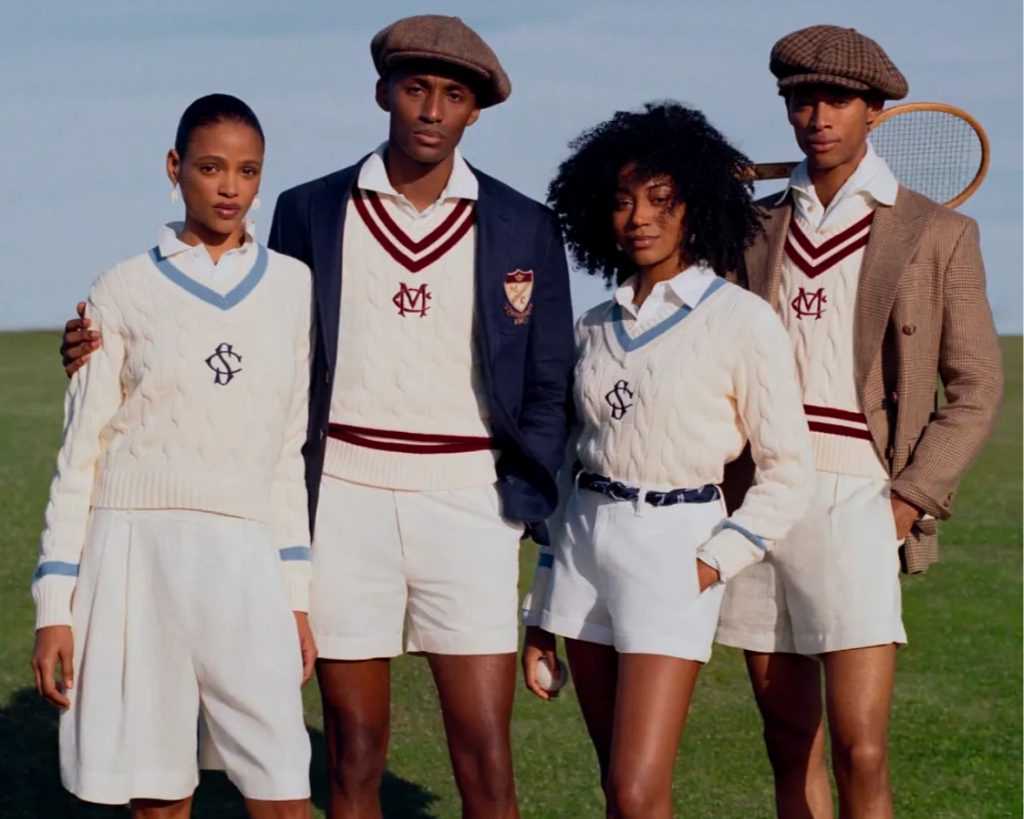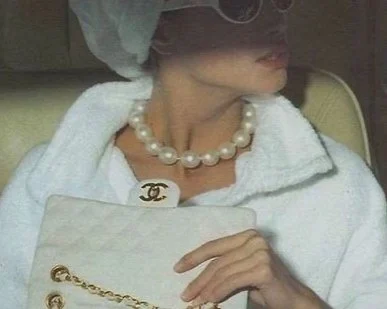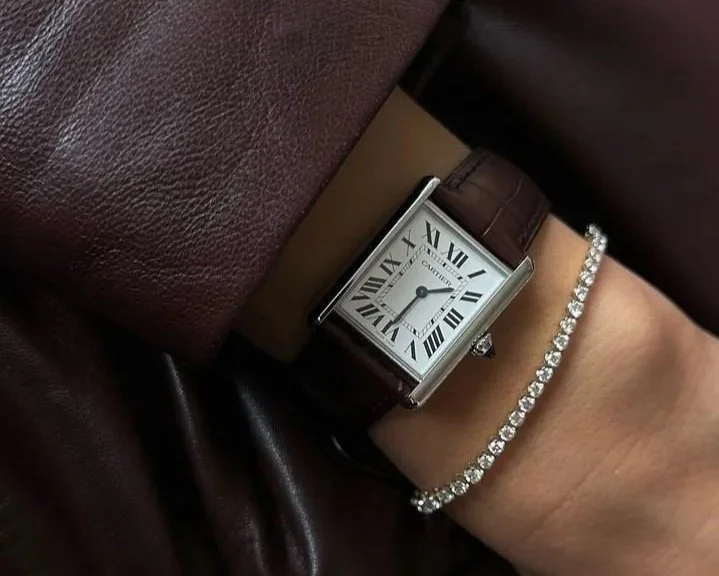How I Source Luxury Vintage: Featuring the Hermès Dalvy Bag
Discover the enduring allure of sourcing vintage luxury to cultivate a distinct personal style—through the story of a rare Hermès Dalvy bag.
There’s something ineffably captivating about vintage luxury—pieces that carry not just craftsmanship, but character. My latest find, an exquisite vintage Hermès Dalvy handbag, feels less like an accessory and more like an artifact: a sculptural echo from an era when elegance was measured in artisanship, not advertising.
Today’s fashion culture is enthralled by the new—the next drop, the latest collaboration, the fleeting trend. Yet collecting vintage has become my quiet rebellion against the constant churn of “it” items promoted by editors and influencers incentivized to sell.
It’s a return to discernment—to slowing down enough to choose intentionally. A reminder that fashion, at its best, is an art form, not a status symbol.
Each of my vintage acquisitions has been an act of curation rather than consumption—a way to build a wardrobe that reflects my aesthetic rather than the latest algorithmic cycle. True luxury, after all, isn’t about novelty, but longevity—creations that endure, carrying a story worth telling.
-
Introducing The Parlor, an exclusive repository of 100+ personal growth, self-care, and luxury living resources to help you thrive.
-
Explore The Dossier, our premium career and business intelligence platform for luxury industry professionals and brands.
Why Vintage Luxury Matters
The modern fashion world thrives on acceleration: monthly drops, micro-trends, and endless reinvention. Yet in that blur, something essential is often lost—the sense of meaning behind what we wear. Vintage invites us back to the source: to objects conceived with longevity in mind and executed with devotion.
A vintage piece embodies distinction. Its patina, the faint softening of corners or subtle oxidation of hardware, is evidence of a life lived beautifully. These aren’t flaws—they’re signatures. They remind us that luxury was once synonymous with durability, with mastery of material and time.
The global appetite for such craftsmanship has quietly surged. Platforms like Vestiaire Collective and The RealReal continue to report record demand for archival designer pieces, while heritage houses like Hermès remain benchmarks of value retention at auction. The allure isn’t simply nostalgia; it’s an awakening—a collective recognition that what endures holds more beauty than what merely trends.
How to Source Luxury Vintage
Define Your Aesthetic
Before beginning, I articulate my own style principles: silhouettes that complement my wardrobe, color palettes I repeatedly gravitate toward, and the moods I wish to evoke. Vintage sourcing rewards clarity. When you know your aesthetic code, you can navigate the abundance of offerings with precision rather than impulse.
Conduct the Research
Every maison has its archives, signatures, and tells. I study hallmarks, stitching methods, and production eras. The more informed you are, the easier it becomes to recognize a treasure instantly. Reading reference guides and following reputable archivists transforms the process from shopping into scholarship.
Choose Reputable Sources
I rely on a select circle of trusted dealers and platforms such as 1stDibs, Sotheby’s, and Christies for rare finds, or Vestiaire Collective and TheRealReal for items not as scarce. Provenance, condition reports, and authenticity documentation are non-negotiable. Transparency is key.
Embrace the Hunt
Patience is integral. Some pieces surface immediately; others reveal themselves only after months of searching. Yet that pursuit is where the magic lives. The joy isn’t only in owning it, but in discovering it—hunting through archives, auctions, and ateliers to find the item that speaks uniquely to you.
Authenticate and Preserve
Study the details: blind stamps, saddle stitching, hardware engraving. Consult experts when uncertain. Once acquired, preservation becomes part of the ritual—stuffing the bag to maintain shape, storing it away from sunlight, and treating its wear as living history rather than imperfection.
Elevate Your Life
Take our conscious luxury course and turn your life into a masterpiece of majestic moments — tailored to your distinct tastes and personal preferences.
The Hermès Dalvy Bag
Among the pantheon of Hermès creations, the Dalvy remains a connoisseur’s secret. Believed to have been introduced in the 1990s and inspired by the house’s equestrian heritage, it embodies the quiet rigor of true craftsmanship—defined by its gently arched handle, sculptural body, and the restrained gleam of its signature clasp. If the Kelly and Birkin are declarations, the Dalvy is a whisper: refined, architectural, and almost ceremonial in its poise.
What drew me most was its subtlety. The design is unmistakably Hermès to those who know the maison intimately—its proportions, materials, and finish all speak the luxury brand’s language fluently. Yet to the untrained eye, it could easily go unnoticed, and that’s precisely what I love. The Dalvy doesn’t need to announce itself; it embodies an understated confidence that feels both timeless and timely.
More than stylish, the Dalvy is also deeply functional. Designed to be carried by hand or worn gracefully at the arm, it transitions effortlessly from day to evening—structured enough for coffee meetings, yet refined enough for dinner. Inside, three interior pockets offer quiet practicality, while the metal feet at its base protect the bag’s silhouette and leather from wear.
True to Hermès tradition, every detail feels deliberate—crafted for longevity, not simply display. Today, the Dalvy has become a rare find, which only heightens its allure. To discover one in beautiful condition is to uncover a piece of the maison’s legacy—a treasure that few recognize, yet those who do will never forget.
Vintage Hermes Demands Refinement
A vintage Hermès bag is best styled not as an antique but as an anchor. I pair mine with streamlined silhouettes—tailored trousers, a cashmere sweater, fine jewelry—allowing the silhouette to speak. The contrast between archival craftsmanship and contemporary ease creates depth; it tells the story of evolution, not imitation. Vintage pieces invite dialogue between eras, reminding us that fashion’s truest language is continuity—the conversation between what came before and what endures now.
To collect vintage is to practice discernment in its purest form. It requires knowledge, intuition, patience, and restraint. It’s an education in elegance—learning that mastery often means knowing when something is enough. Owning a vintage Hermès Dalvy isn’t about prestige; it’s about participating in a legacy of excellence. Each time I carry it, I’m reminded that luxury’s highest form isn’t excess but endurance. A luxury vintage item is a piece of artistry preserved, waiting for someone discerning enough to appreciate it.







